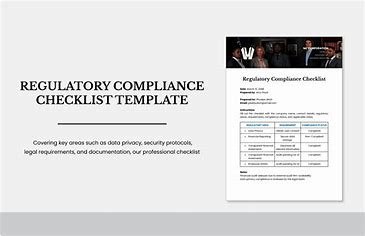Discover effective remediation strategies for regulatory compliance in life sciences. Learn about gap analysis, risk mitigation practices, and the importance of continuous improvement.
Introduction
In the labyrinth of life sciences, harnessing with Regulatory compliance is not just another checkbox to check, it is a journey. Meeting these standards and regulations is often a vital requirement for ensuring product quality, patient safety and market success.
However, these come with challenges and compliance issues which need to have good remediation strategies.
In this post, we saw quality & regulatory consulting firm go through common sources of compliance issues and tips for maintaining long-term regulatory compliance.
Challenges and Pitfalls
For life science companies, keeping up with this constantly changing regulatory landscape is no small feat. The main purpose of regulatory agencies worldwide is to enforce rigorous standards to ensure product safety and quality which are key to protecting the health of consumers.
Despite this, companies constantly run into the below problems
Regulation changes: Compliance shifts constantly as regulators try out new and updated regulation implementations.
Compliance Issues: Compliance issues can arise due to evolving standards, gaps in the process or errors in documentation from time-to-time.
Other hurdles might be resource constraints, while organizations can manage compliance issues well with the dedicated resources.
Global Operations: Compliance with different regions and countries.
Perform Thorough Gap Analysis
A necessary first step in effective remediation is to perform gap analysis for the regulatory compliance state of your organization. Performing comprehensive gap analysis is very important.
Each of these assessments require a deep dive into your procedures, documentation and quality systems against current regulations and guidelines In order to pinpoint inconsistencies and non-compliance areas.
Choose the Correct Fixes
The other point to consider is not all compliance gaps are created equal. Categorize the remediation efforts by their consequence of regulatory compliance and safety of patient. Prioritise gaps into critical, major and minor for better utilisation of resources. Address the most critical gaps first to manage risks efficiently.
Create plans of actions for Remediation
Use this as your guide to determine what the most important compliance gaps, and the order you want to close them and then create clean remediation plans. This stage also involves the creation of detailed test plans that describe exactly the assignment of responsibility, the time frames to address them, and the required deliverables. Make sure that they correspond to the overall compliance strategy of the organization.
Resource Scheduling and Project Management
Allocate human and financial resources effectively to help mitigation efforts. Use solid project management to measure progress, manage tasks and to make sure the remediation plans stick to the plan.
Training and Education
But you should splash out on education training to enable your workers have the expertise and skills needed by compliance. Make sure staff are kept in the loop on regulatory changes, and the necessity to follow through.
Documentation And Documentation Records
Detailed documentation of all remediation work done at the site. This involves the writing down of the gaps noticed, the measures put in place to curb them and documenting effective outcome.
Continuous Improvement
Compliance is a continuous exercise. Create an environment of constant growth and development across your organization. You should ensure that you continually evaluate your compliance strategies, perform regular checks to determine the impact, and adjust, when necessary, under new legislation.
Conclusion
The sustainable resolution of compliance problems and the pursuit of continuous regulatory compliance performance require a constantly evolving journey that combines strategic groundwork, resources allocation, and constant refinement.
The regulatory hurdles facing the life science industry are ubiquitous, but not insurmountable with top-of-the-line strategies in place.
BioBoston is a quality and regulatory consulting company for life science and helps in recognizing the challenging nature of regulations and helps in reducing risk and developing compliance.
We have the background to help your organization apply these powerful risk mitigation practices and address whatever special challenges may arise in compliance as you make cost-effective decisions. Together, we can help ensure your products meet the highest standards of quality, safety and regulatory compliance so you can truly compete in this ever-increasing market.
Get in Touch with BioBoston Consulting OR Visit our website to Help Support your organization today!!


